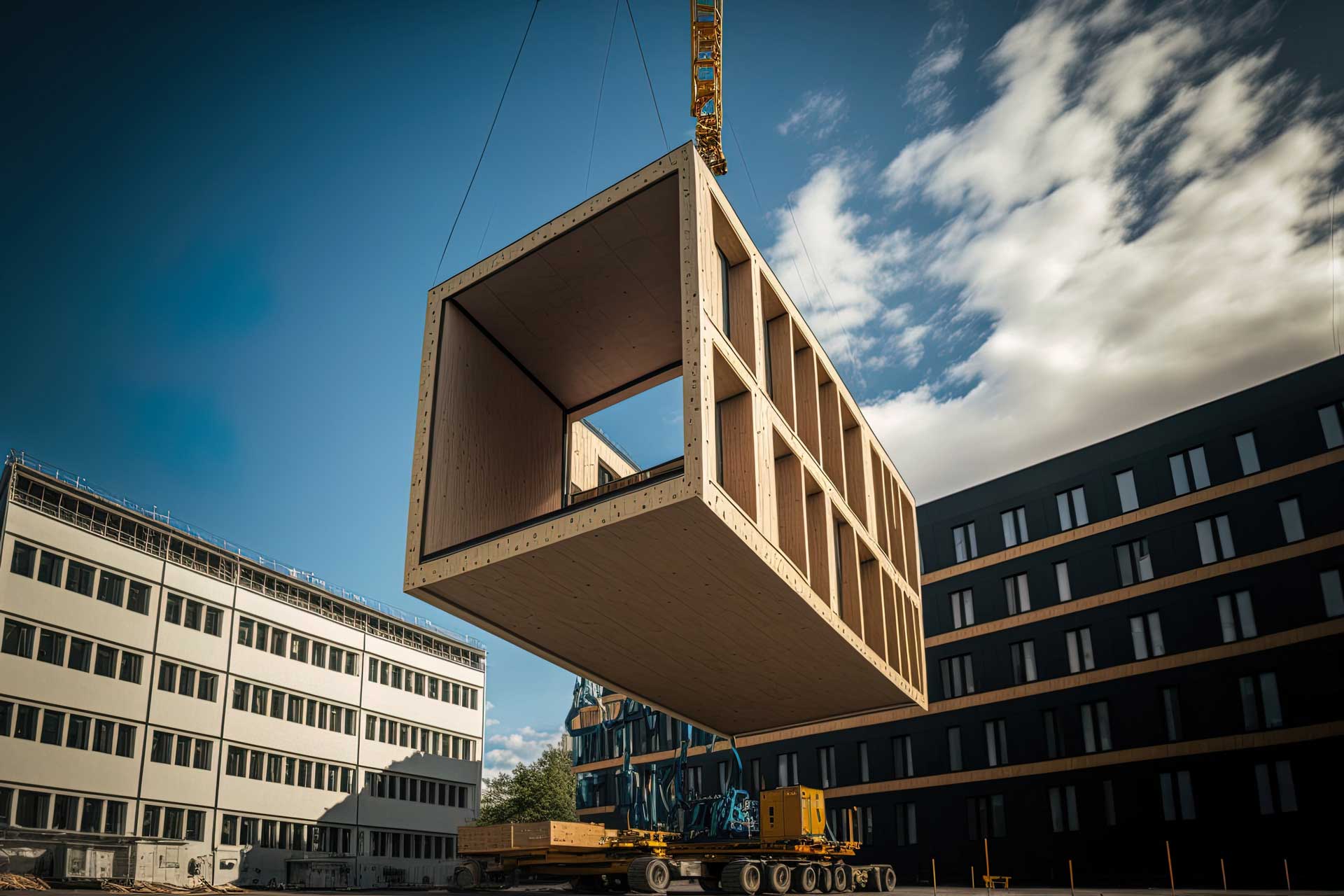
It’s always interesting for an accountant who specializes in the construction industry to deep dive into trending topics. I’ve come to learn that when you Google a research topic, the first five screens of search results paint one picture that almost feels like marketing to get a new trend to catch on. Moving further into search results and asking different questions usually uncover a flip side to stories that often challenge or raise questions about mainstream messaging. To be honest, this is the case when taking a deep dive look at what’s happening with prefab and modular construction.
I was surprised to learn prefab and modular construction have been around for quite some time. Some claim its roots were planted in the 1600s, while others say it really started to take off in the early 1900s when Sears started selling prefab homes. Fast forward to 2014 and we can see how far the industry has come when the first prefab hotel was built in New York City. Still, it’s not a new concept; it has been around for a while and is taking time to gain traction and momentum.
The continuing labor shortage, escalating climate issues, and a growing housing shortage provide solid reasons to explore how to do construction differently. Prefab and modular building seem to be finding its footing when it comes to multi-family housing, healthcare and education facilities, and more. While there’s no doubt prefab and modular construction will have its place, it’s hard to tell exactly how much of a role it will play in the future.
On the plus side, many sources point out that prefab and modular construction can lower costs, reduce project timelines, increase worker safety, deliver higher quality, reduce waste, and be more environmentally and climate-friendly. They also have a role to play when responding to crisis, like when additional hospital spaces were needed quickly as the COVID emergency ramped up. Plus, there’s an opportunity following severe weather or climate events like hurricanes or fires to help hasten rebuilding efforts at reasonable costs. Add the reduced noise, dust and neighborhood impact while constructing, plus the ability to use more newer materials put together in a controlled environment, and prefab and modular seem hard to beat.
Still, a number of questions remain. For example, the lack of standardization and regulations may increase costs and time associated with putting prefab and modular units together, pretty much eliminating any time or cost savings. There are extra steps involved in quality control, with pieces needing to be inspected both before and after transport, not to mention once the construction is done. Apparently, connecting utilities can present issues, as can the upfront coordination between all of the parties that need to be involved. Requirements to pay prevailing wage on public projects may automatically exclude prefab and modular options. Plus, last minute requests and changes can be difficult to accommodate.
Even in the face of these and other questions, prefab and modular building appear to have a growing role to play in the industry. When it comes to North America, Modular Building Institute’s 2023 Modular Construction Industry Annual Report’s executive summary notes permanent modular construction reached $12 billion in 2022 and accounted for 6.03% of new construction starts. According to Global Market Insights, the “Modular and prefabricated construction market size surpassed USD 147 billion in 2022 and is anticipated to register 6.5% CAGR from 2023 to 2032.”
As you consider what prefab and modular may mean to your business and future plans, you can count on RBT CPAs to keep an eye on your accounting, tax, audit, and business advisory needs. Interested in learning more? Give us a call.
RBT CPAs is proud to say all of our work is prepared in the U.S.A. – we never offshore. As a result, you get peace of mind that your operation’s financial and confidential information is handled by full-time, local staff who have met our high standards for quality, ethics, and professionalism.
